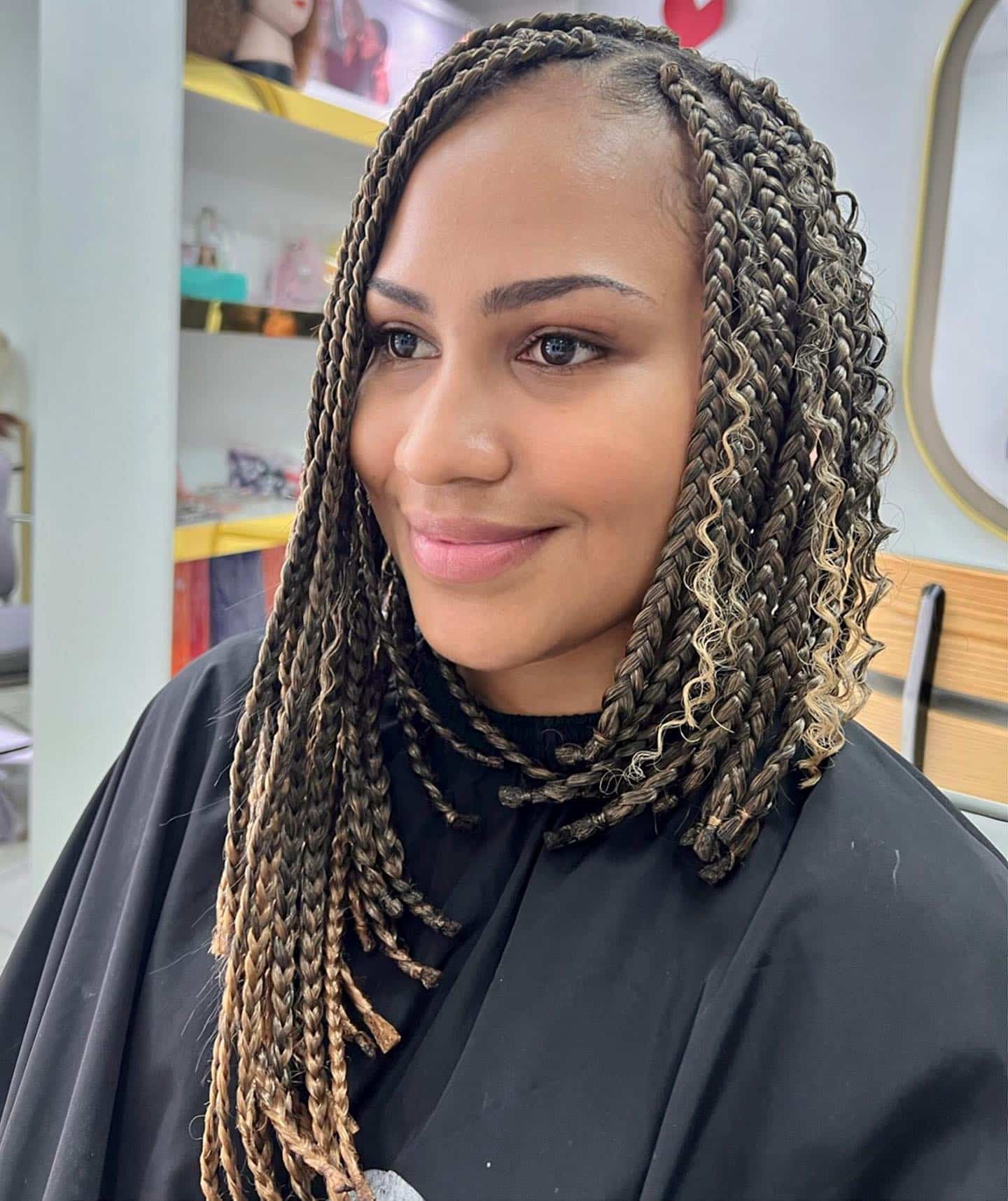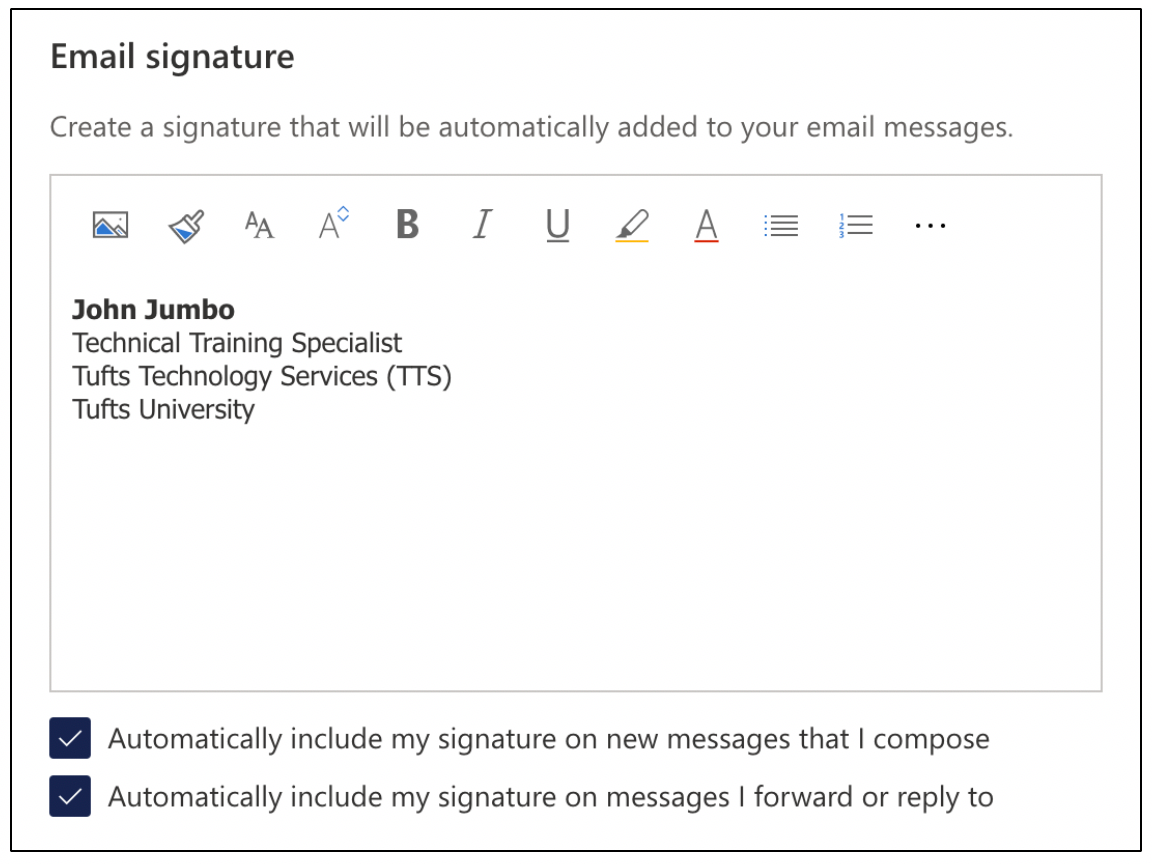
Create Your Signature Western Look: A Step-by-Step Style Guide
The Wild West. A land of rugged individualism, boundless landscapes, and a distinctly unique aesthetic. While the romanticized image of cowboys and cowgirls might conjure up specific tropes, crafting a truly signature Western look goes beyond simply donning a Stetson. It’s about understanding the foundational pieces, blending textures, and most importantly, injecting your own personality into the timeless style. This guide will walk you through creating a Western wardrobe that’s authentically you.
I. Understanding the Foundation: Key Western Garments
Before diving into specifics, let’s establish the core elements of a Western wardrobe. These pieces serve as your building blocks, offering versatility and the potential for countless combinations.
| Garment | Description | Material Options | Style Notes |
|---|---|---|---|
| Denim Jeans | The quintessential Western bottom. | Raw denim, selvedge denim, dark wash | Straight leg, bootcut, or slightly flared |
| Chambray Shirt | A lightweight, versatile layering piece. | Cotton chambray, linen chambray | Solid colors, subtle patterns |
| Flannel Shirt | Perfect for layering or wearing on its own. | Flannel cotton, wool flannel | Checks, plaids, solid colors |
| Western Shirt | Embroidered details, snap buttons, often pearl snaps | Cotton, silk, chambray | Classic or modern styles, bold embroidery optional |
| Cowboy Boots | The cornerstone of the Western look. | Leather, suede | Choose a heel height and toe shape that suits you |
| Belt | Essential for holding up your jeans and adding style | Leather, woven | Simple or intricately detailed |
II. Building Your Look: From Casual to Chic
The beauty of Western style lies in its adaptability. You can effortlessly transition from casual daytime looks to sophisticated evening ensembles.
A. The Casual Western Look:
Think comfortable and practical. Pair your favorite denim jeans with a chambray shirt or a classic flannel. Add a simple leather belt, cowboy boots, and a bandana (optional). For outerwear, a denim jacket or a leather vest works perfectly.
B. The Elevated Western Look:
This takes the casual elements and elevates them with attention to detail and luxurious materials. Try a silk Western shirt paired with dark wash denim and refined leather boots. Consider adding a statement belt buckle, a structured leather jacket, or a beautiful scarf.
C. The Modern Western Look:
This is where you can experiment with unexpected combinations. Pair a Western-inspired skirt or dress with a fitted leather jacket and ankle boots. Incorporate modern accessories, such as statement jewelry or a structured handbag, to maintain a contemporary edge.
III. Mastering the Accessories: Adding Personality and Polish
Accessories are key to personalizing your Western look. Don’t underestimate their power in conveying your individual style.
- Hats: Stetsons, fedoras, and even wide-brimmed hats can add a touch of classic Western flair. Choose a style that complements your face shape and overall aesthetic.
- Jewelry: Simple silver or turquoise jewelry adds an authentic touch. Consider incorporating concho belts or statement necklaces.
- Bandanas: A classic Western accessory, use bandanas as head scarves, neckerchiefs, or even wristbands.
- Bags: Leather totes, saddlebags, or even small crossbody bags can complete your look while maintaining practicality.
IV. Choosing the Right Boots: A Foundation of Style
Cowboy boots are a critical component of any Western outfit. Consider these factors when choosing yours:
- Heel Height: Choose a heel height that’s comfortable and suits your personal style.
- Toe Shape: Pointed, round, or square toes—each offers a different aesthetic.
- Material: Leather and suede are classic choices, while exotic skins offer a more luxurious feel.
- Shaft Height: Opt for a height that complements your leg length and overall outfit.
V. Finding Your Unique Expression:
Ultimately, your signature Western look is about reflecting your personality. Don’t be afraid to experiment with different combinations of garments and accessories until you find a style that feels authentically you. Mix and match textures, experiment with different colors and patterns, and most importantly, have fun with it! The beauty of Western style is its ability to be both timeless and endlessly adaptable.

Additional Information
Beyond the Basics: A Deeper Dive into Crafting Your Signature Western Look
A step-by-step style guide offers a foundational understanding of creating a Western look. However, achieving a truly signature style necessitates a more nuanced approach, considering individual body type, personal aesthetic, and contextual factors. This analysis delves deeper into the key elements of crafting a unique and authentic Western aesthetic.
1. Understanding the Spectrum of Western Style:
The term “Western” encompasses a broad stylistic range, from the rugged practicality of a working cowboy to the refined elegance of a Hollywood Western star. Defining your niche within this spectrum is crucial. Are you aiming for:
- Classic Cowboy: This emphasizes functionality and durability, featuring rugged denim, sturdy boots, and practical accessories. Think durable canvas, worn leather, and muted earth tones.
- Modern Western: This incorporates contemporary silhouettes and fabrics while retaining key Western elements. Think tailored denim jackets, sleek leather boots, and subtle Western-inspired jewelry.
- Glam Western: This fuses Western elements with a glamorous aesthetic, employing luxurious fabrics, bold jewelry, and a more polished silhouette. Think suede fringe jackets, statement boots, and sophisticated accessories.
- Bohemian Western: This incorporates elements of bohemian style, emphasizing flowing fabrics, layered textures, and a relaxed fit. Think flowy skirts, embroidered details, and earthy accessories.
Understanding this spectrum allows for a more intentional approach to garment selection and styling.
2. Body Type and Proportion:
The “one-size-fits-all” approach rarely works. Consider your body type when selecting garments:
- Petite: Avoid overly bulky fabrics and oversized silhouettes. Opt for fitted jackets, cropped styles, and high-waisted bottoms to create the illusion of length.
- Tall: You can carry off more dramatic silhouettes and layering. Experiment with long duster coats, flowing skirts, and wide-leg jeans.
- Curvy: Embrace fitted tops to accentuate your waist and choose bottoms that flatter your curves. A-line skirts and bootcut jeans are excellent choices.
- Athletic: Tailored pieces will highlight your physique. Experiment with structured jackets, slim-fitting jeans, and well-defined accessories.
Ignoring body proportions can lead to a disharmonious look. Tailoring and strategic styling choices are crucial for achieving a flattering silhouette.
3. The Power of Accessories:
Accessories are pivotal in elevating a Western look from basic to bespoke. Consider:
- Belts: A statement belt can cinch the waist, add visual interest, and tie the outfit together. Consider leather belts with ornate buckles, conchos, or intricate tooling.
- Jewelry: Western-inspired jewelry ranges from minimalist to maximalist. Turquoise, silver, and leather are popular materials. Consider layering necklaces, stacking bracelets, or adding statement earrings.
- Hats: A cowboy hat is a quintessential Western accessory, but choose one that suits your face shape and overall style. Fedora hats and wide-brimmed hats offer alternatives.
- Boots: Boots are the cornerstone of a Western outfit. Consider different styles like cowboy boots, riding boots, and ankle boots, selecting a pair that complements both the outfit and your personal style.
The strategic use of accessories adds personality and depth to your signature look.
4. Context and Occasion:
The appropriateness of a Western outfit depends heavily on the context. A rugged denim ensemble is suitable for a ranch or rodeo, while a more refined Western look might be appropriate for a night out. Consider the occasion when selecting your garments and accessories.
5. Case Study: Evolution of a Signature Western Style:
Imagine a woman initially drawn to the “Classic Cowboy” aesthetic. Over time, she might refine her style by incorporating elements of “Modern Western,” opting for tailored denim jackets and sleek leather accessories. Through experimentation and conscious choices, she develops a unique signature style that reflects her personal evolution and preferences. This highlights the iterative nature of building a personal brand through fashion.
This deeper analysis illustrates that creating a signature Western look transcends simply following a step-by-step guide. It requires thoughtful consideration of personal style, body type, and contextual factors. By understanding the nuances of this iconic style, individuals can craft a truly authentic and memorable personal aesthetic.

